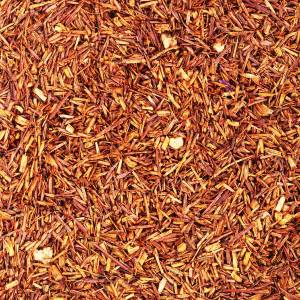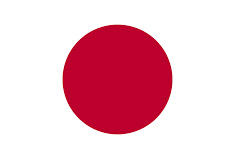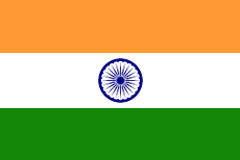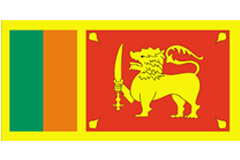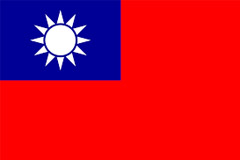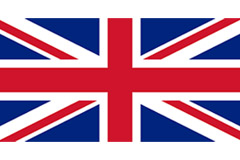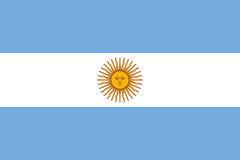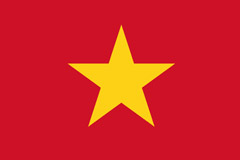Teacups don’t just hold pools of amber within them. They hold the power to bring the world together, to erase boundaries and barriers. They hold culture, love and life.
Tea Culture of China
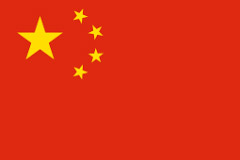
The story of tea began one afternoon back in 2737 BC when Emperor Shen Nong was resting with his army on a distant land. One of his servants was boiling water for him to drink, when a cool breeze blew some dry leaves into the pot. Unknowingly, the servant served a cup to the Emperor. The water had changed color and a delicate aroma engulfed him. Curious, he took a sip of this mysterious infusion and mankind tasted tea for the first time in history. It isn’t surprising that this wild tree gained a holy status in China. Tea was soon made famous by Emperor Shen Nong and it was being studied for its unique properties. As the years passed, it became deeply rooted in Chinese medicine.
Centuries later, during the Tung Dynasty, tea evolved from being a medicinal plant to a soul stirring experience. The simple tree began to inspire painters, potters and poets across the nation. And with their works of art, a universe of sophistication around tea was born.
Lu Yu, considered today as the Sage of Tea, was the first to understand the nuances of tea. In his early years, he stumbled upon a spring under a 6-foot rock. The water from this spring was surprisingly clear and he so decided to use some of it to brew tea. The result was an unexpectedly better brew. That’s when he realized the quality of water mattered greatly. Lu Yu was rather good at brewing tea, and his obsession led him to write a book called Chajing or The Classic of Tea. It was the first definitive work on cultivating tea and refine the process of preparing and drinking it.
Since then, China has celebrated tea in numerous ways. It has taken the form of formal tea ceremonies and has an important part to play in social settings like family gatherings and wedding rituals. Today, it is an integral part of daily life, social events, and business transactions and in fact, the Chinese economy.
The Chinese differ from the rest of the world when it comes to tea as they focus on the whole, unbroken leaf as a measure of quality.
Gongfu Ceremony
This is China’s most famous tea ceremony. During this ritual, small proportions of meticulously prepared tea is served in a circular manner to everyone present. It is poured from a Yixing tea pot (a traditional porcelain tea pot) or a covered bowl called Giawan. Before drinking the tea, it is essential to appreciate the aroma and this is done by pouring tea into sniffing cups and sealing in the aroma by placing the drinking cup upside down. The cups are then inverted and the sniffing cup is removed to release the aroma. Only after this, can you drink the tea.

